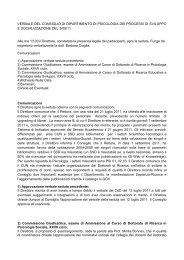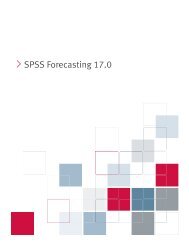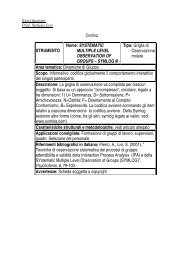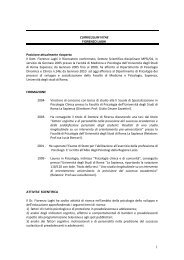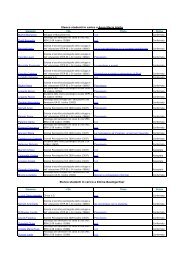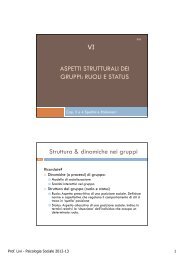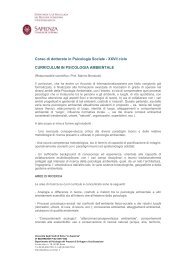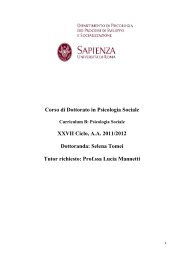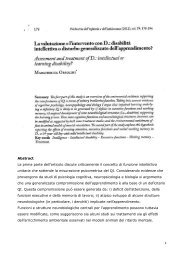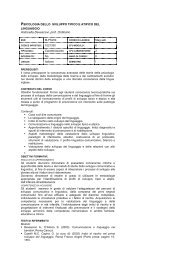SPSS Complex Samples⢠13.0 - Docs.is.ed.ac.uk
SPSS Complex Samples⢠13.0 - Docs.is.ed.ac.uk
SPSS Complex Samples⢠13.0 - Docs.is.ed.ac.uk
Create successful ePaper yourself
Turn your PDF publications into a flip-book with our unique Google optimized e-Paper software.
Introduction to <strong>SPSS</strong> <strong>Complex</strong> Samples Proc<strong>ed</strong>ures<br />
3<br />
Regardlessofwhichtypeofuseryouare,youne<strong>ed</strong>tosupplydesigninformationto<br />
<strong>Complex</strong> Samples proc<strong>ed</strong>ures. Th<strong>is</strong> information <strong>is</strong> stor<strong>ed</strong> in a plan file for easy reuse.<br />
Plan Files<br />
A plan file contains complex sample specifications. There are two types of plan files:<br />
Sampling plan. The specifications given in the Sampling Wizard define a sample<br />
design that <strong>is</strong> us<strong>ed</strong> to draw a complex sample. The sampling plan file contains those<br />
specifications. The sampling plan file also contains a default analys<strong>is</strong> plan that uses<br />
estimation methods suitable for the specifi<strong>ed</strong> sample design.<br />
Analys<strong>is</strong> plan. Th<strong>is</strong> plan file contains information ne<strong>ed</strong><strong>ed</strong> by <strong>Complex</strong> Samples<br />
analys<strong>is</strong> proc<strong>ed</strong>ures to properly compute variance estimates for a complex sample.<br />
The plan includes the sample structure, estimation methods for e<strong>ac</strong>h stage, and<br />
references to requir<strong>ed</strong> variables, such as sample weights. The Analys<strong>is</strong> Preparation<br />
Wizard allows you to create and <strong>ed</strong>it analys<strong>is</strong> plans.<br />
There are several advantages to saving your specifications in a plan file, including:<br />
• A surveyor can specify the first stage of a mult<strong>is</strong>tage sampling plan and draw<br />
first-stage units now, collect information on sampling units for the second stage,<br />
and then modify the sampling plan to include the second stage.<br />
• Ananalystwhodoesn’thave<strong>ac</strong>cesstothesamplingplanfilecanspecifyan<br />
analys<strong>is</strong> plan and refer to that plan from e<strong>ac</strong>h <strong>Complex</strong> Samples analys<strong>is</strong><br />
proc<strong>ed</strong>ure.<br />
• Adesigner of large-scale public use samples can publ<strong>is</strong>h the sampling plan file,<br />
which simplifies the instructions for analysts and avoids the ne<strong>ed</strong> for e<strong>ac</strong>h analyst<br />
to specify h<strong>is</strong> or her own analys<strong>is</strong> plans.<br />
Further Readings<br />
For more information on sampling techniques, see the following texts:<br />
Cochran, W. G. 1977. Sampling Techniques. New York: John Wiley and Sons.<br />
K<strong>is</strong>h,L.1965.Survey Sampling. New York: John Wiley and Sons.<br />
K<strong>is</strong>h, L. 1987. Stat<strong>is</strong>tical Design for Research. New York: John Wiley and Sons.



